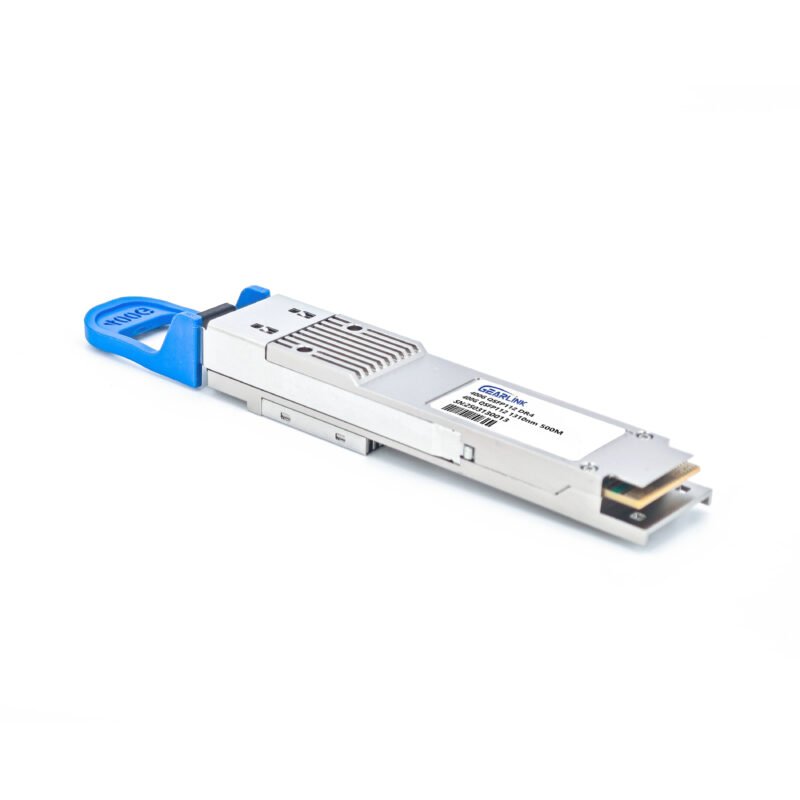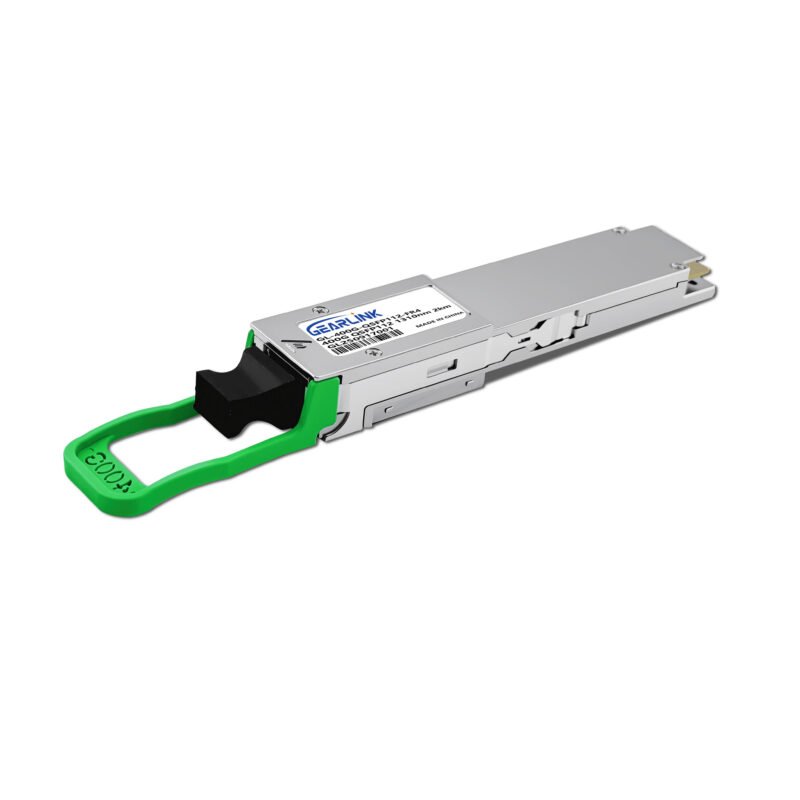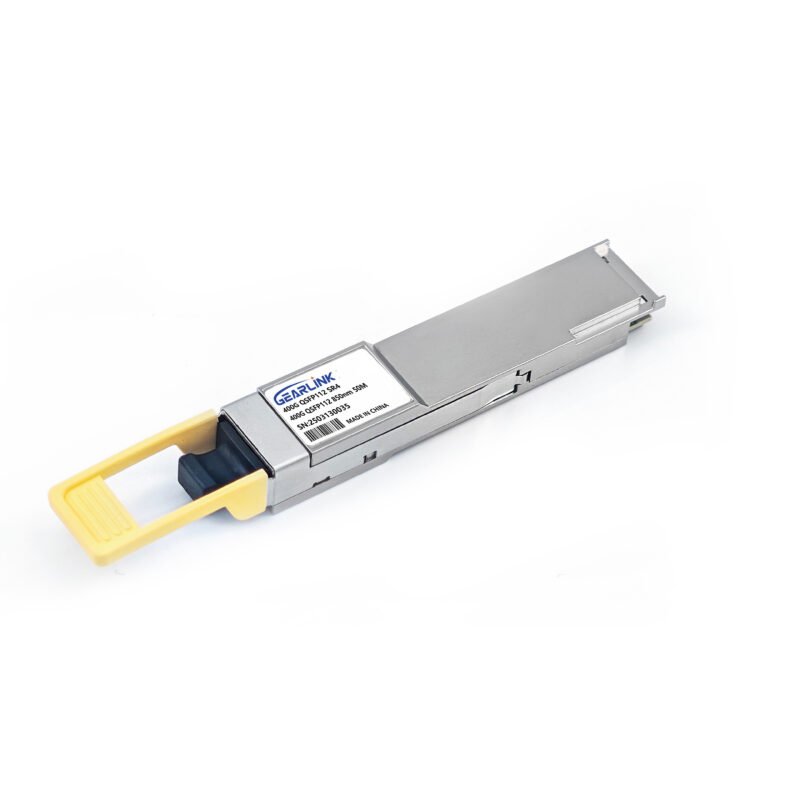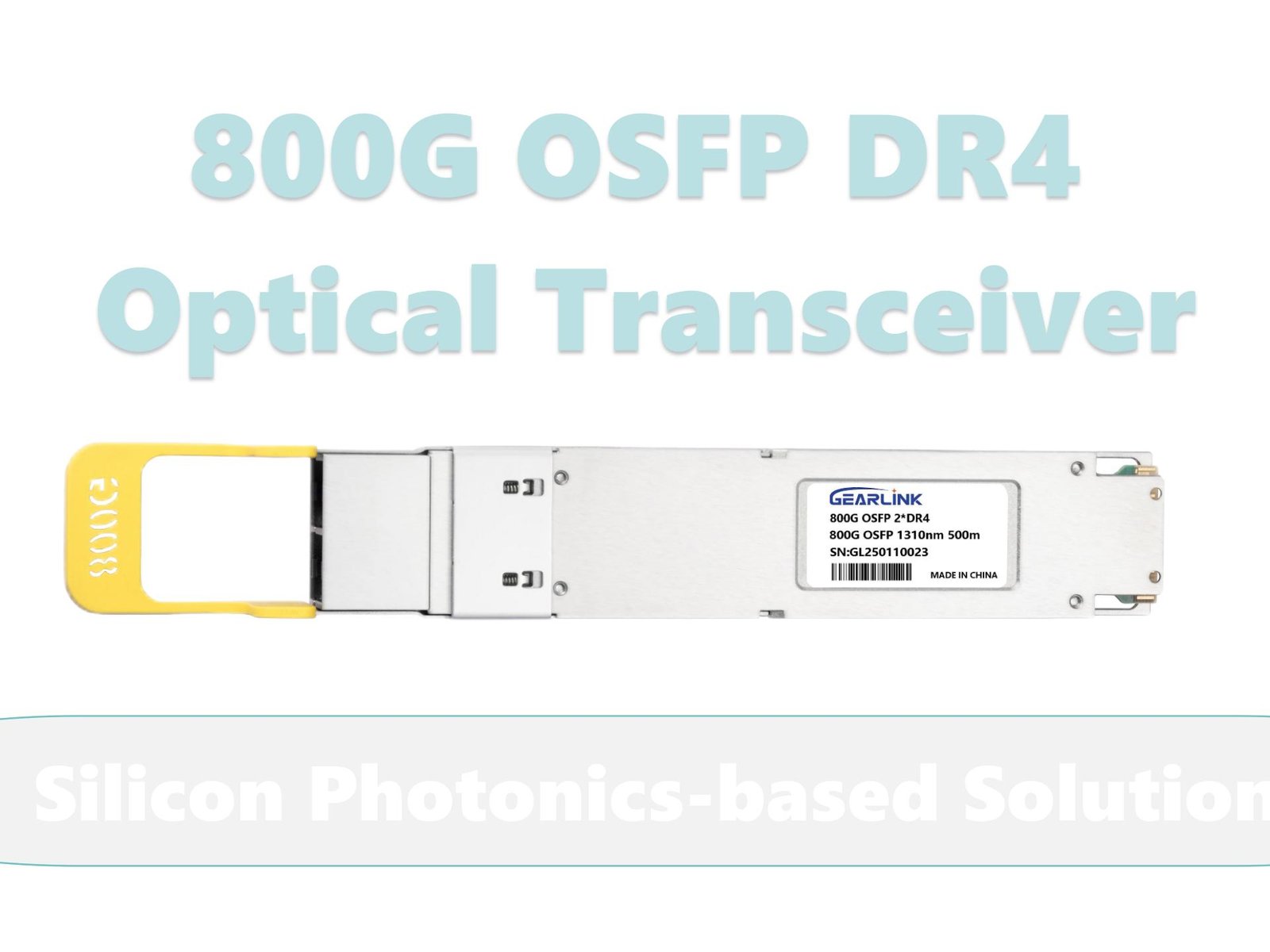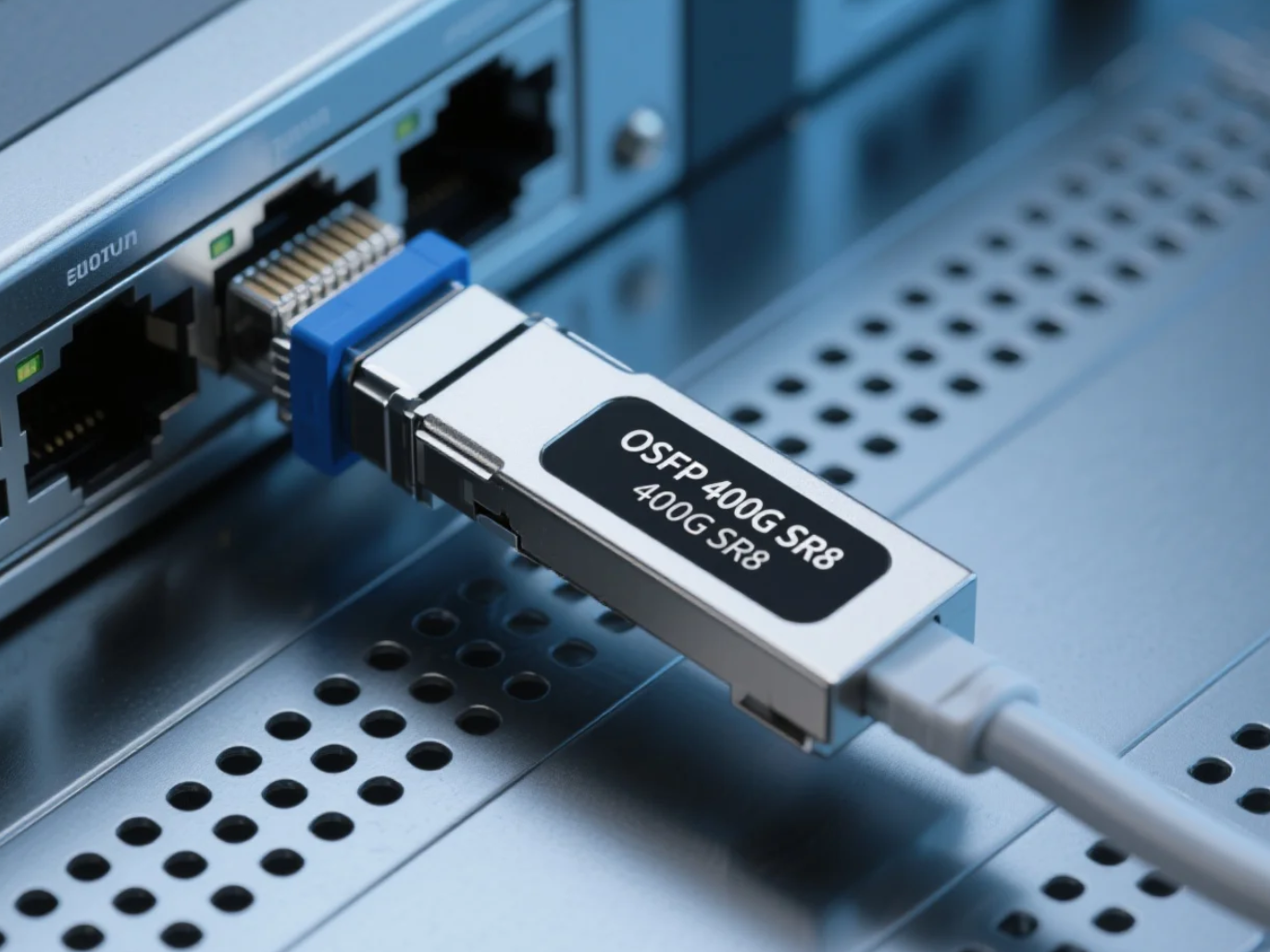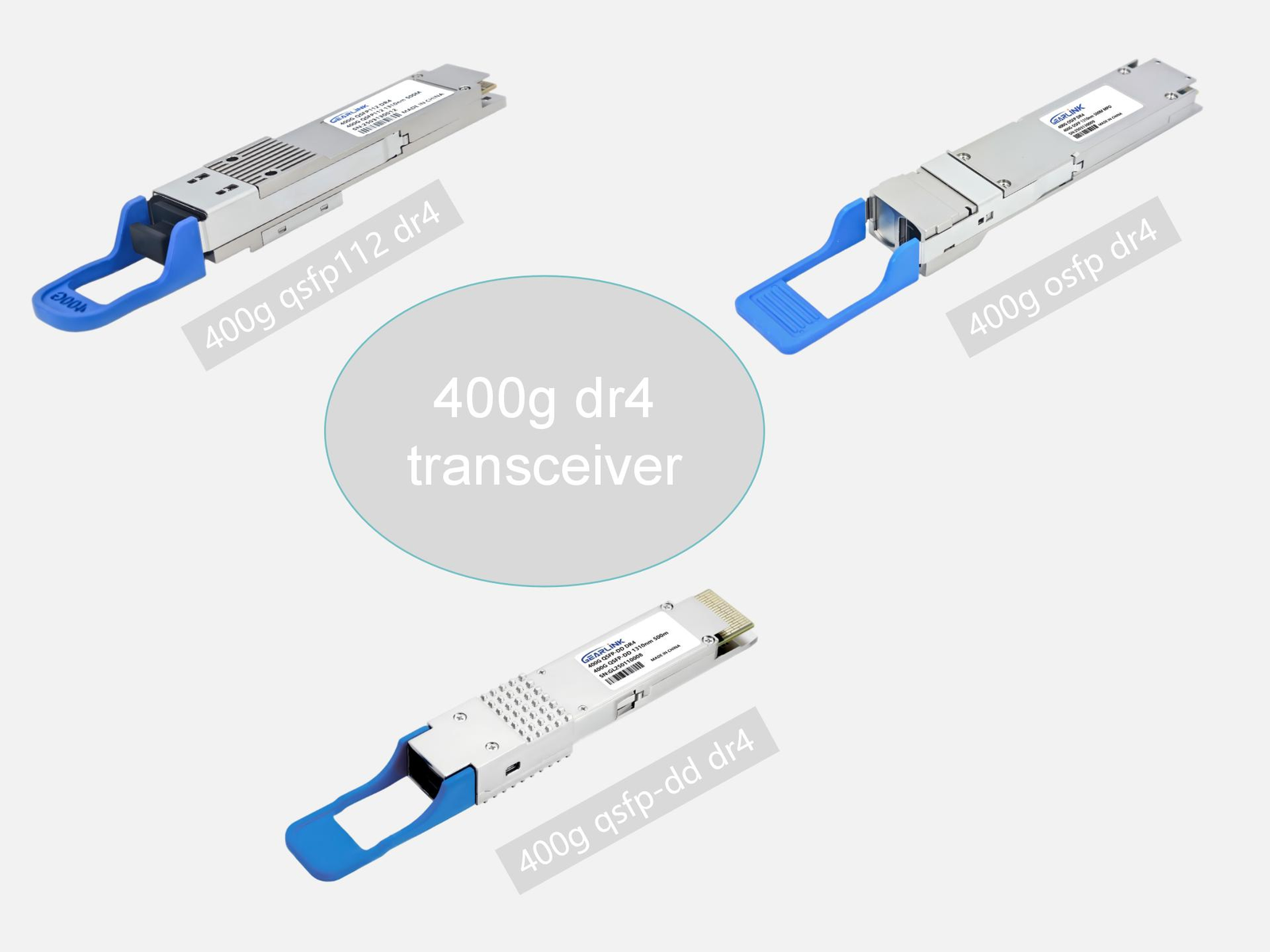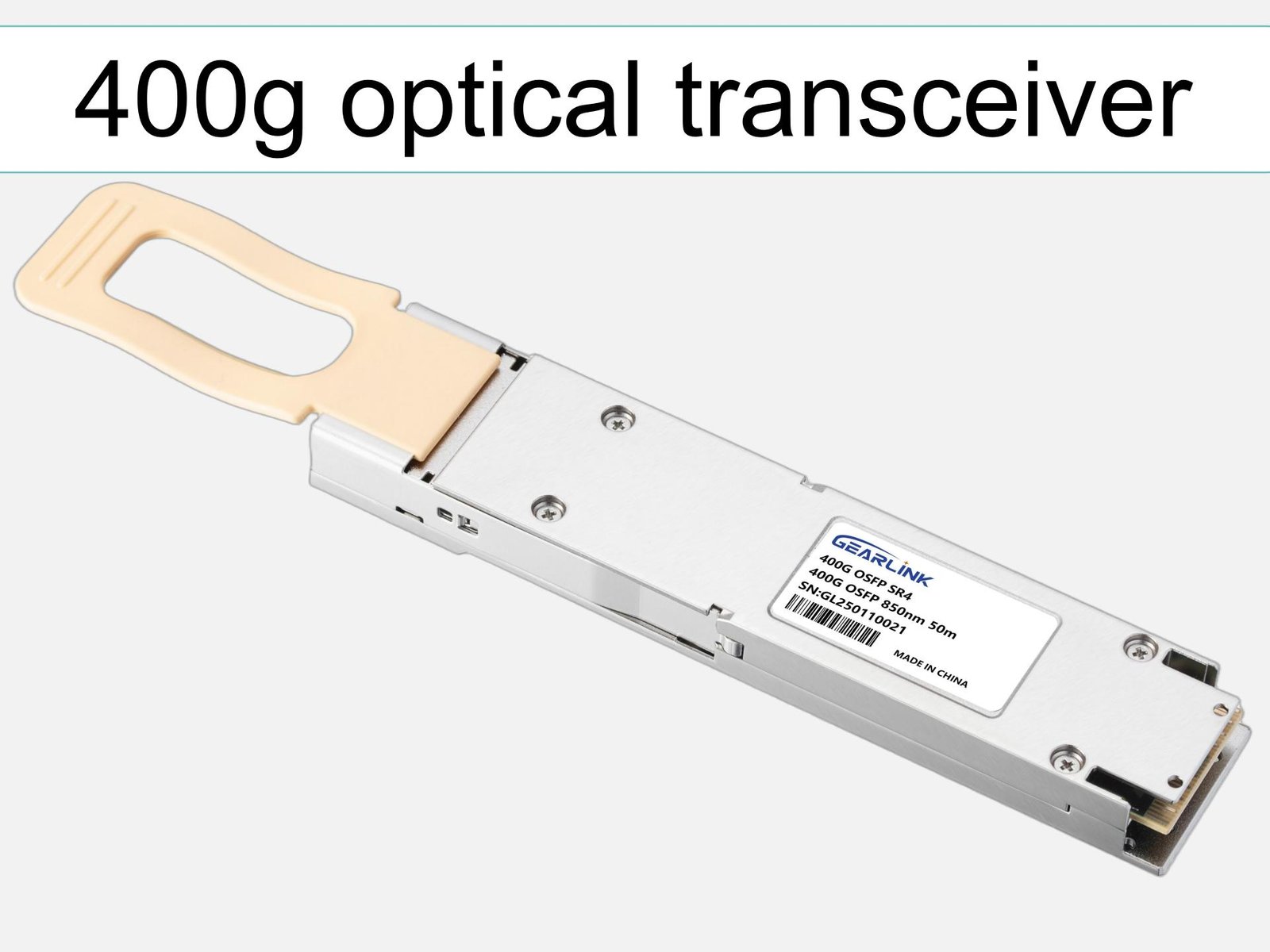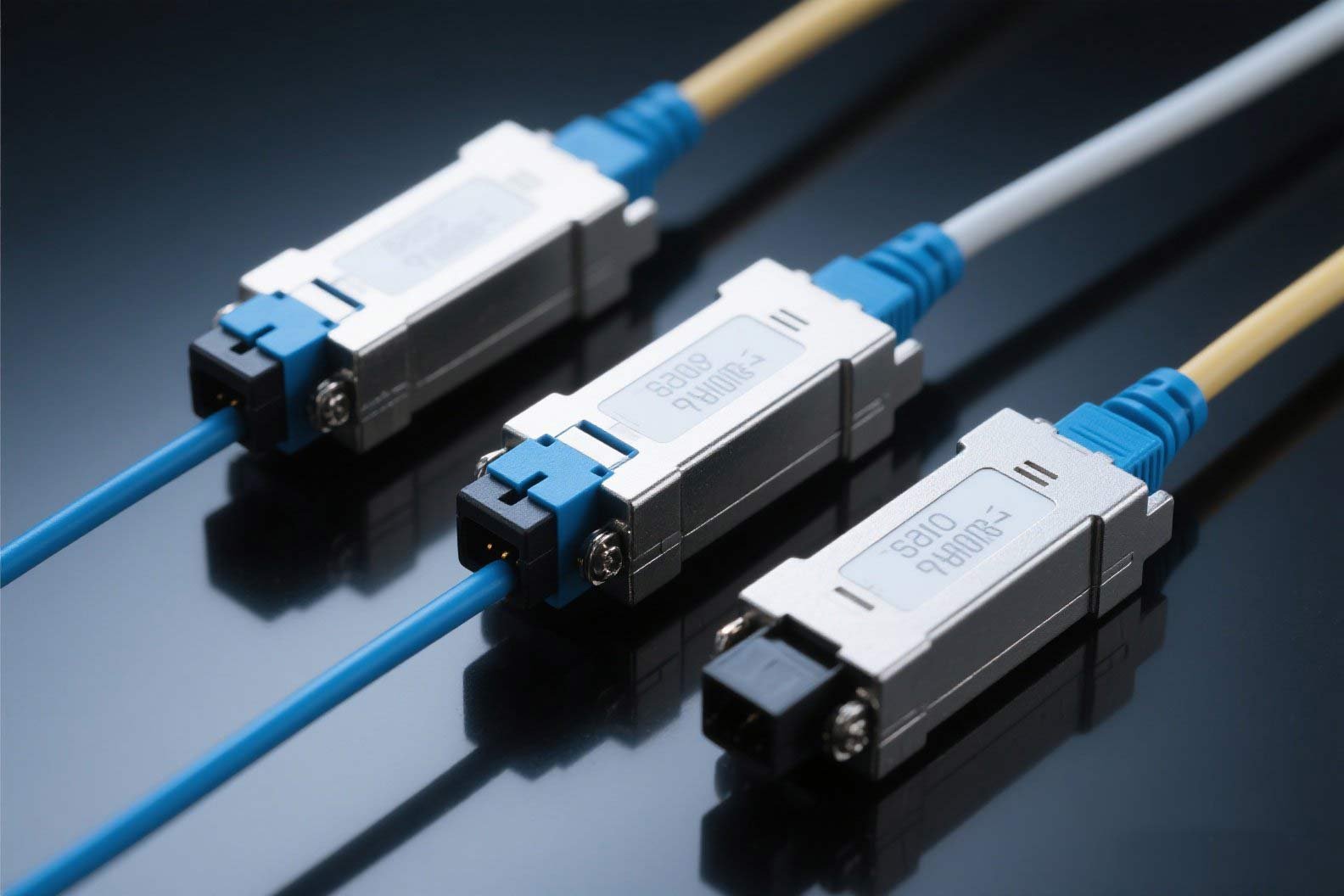The relentless demand for bandwidth, driven by cloud computing, artificial intelligence, and ever-expanding data centers, has pushed the optical networking industry to continuously innovate. As organizations scale their infrastructure, they require optical transceivers that offer higher data rates, greater port density, and superior power efficiency. Emerging as a pivotal solution in this high-speed transition is the 400G QSFP112 form factor. This advanced module is not merely an incremental upgrade but a significant leap forward, designed to meet the rigorous demands of next-generation networks.
The 400G QSFP112 builds upon the hugely successful Quad Small Form-factor Pluggable (QSFP) family, specifically adapting its size and function to accommodate a massive 400 Gigabit per second (Gbps) throughput. Understanding its core features is crucial for optical module product users and network architects aiming to future-proof their data center and telecom infrastructures. Unlike its predecessors, which typically relied on 50G or 25G electrical lanes, the 400G QSFP112 leverages cutting-edge technology to deliver unparalleled performance in a compact, familiar footprint. This transition represents a major shift in how high-speed data is transmitted and managed within the core and aggregation layers of modern networks.
The Technological Leap: Defining the 400G QSFP112 Transceiver
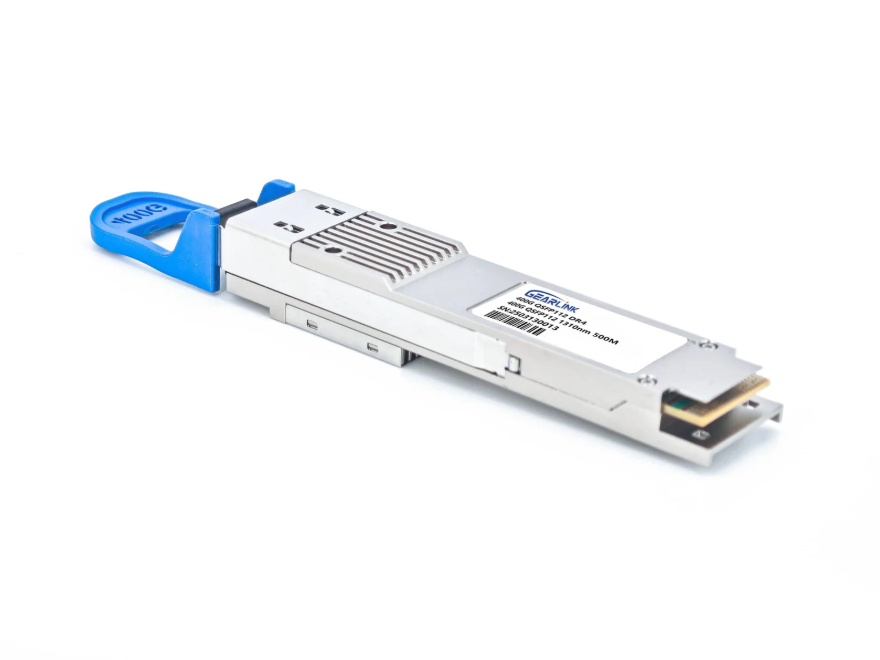
The true power and significance of the 400G QSFP112 lie in its foundational technological advancements. While it retains the QSFP’s compact size, crucial for maximizing port density on switches and routers, its internal architecture has been revolutionized. This module is specifically engineered to handle the massive data flow required for hyperscale environments. The key differentiating factor that sets the 400G QSFP112 apart from earlier 400G solutions, such as the QSFP-DD (Double Density), is its electrical interface.
The Shift to 112G Electrical Lanes
Historically, transceivers achieved higher speeds by using more electrical lanes at a lower per-lane data rate. For instance, the first generation of 400G modules often used eight lanes operating at 50G each. The 400G QSFP112 drastically simplifies this by utilizing four electrical lanes, each running at an impressive 112 Gbps. This is achieved through the use of Pulse Amplitude Modulation 4-Level (PAM4) signaling technology operating at a higher baud rate, effectively doubling the speed per lane compared to the previous generation’s 50G lanes.
This consolidation from eight to four lanes offers immediate and profound benefits. With fewer lanes, the complexity of the signal trace routing on the host board is significantly reduced. This simplifies Printed Circuit Board (PCB) design, lowers manufacturing costs, and, perhaps most importantly, improves signal integrity. Fewer components and fewer electrical paths directly translate into reduced noise and signal loss, which is paramount when operating at such high speeds. Furthermore, the compact QSFP form factor remains highly attractive due to its wide industry adoption and established supply chain.
Optimized Power and Thermal Management
The operational efficiency of any high-speed optical module is critically tied to its power consumption and thermal performance. In large-scale data centers, every watt saved is magnified across thousands of ports, leading to substantial reductions in operating expenses. The 400G QSFP112 design is inherently more power-efficient than its 8-lane predecessors. By using only four electrical lanes, the module requires fewer components for driving the signals and managing the equalization.
The shift to a higher-speed, lower-lane count architecture allows the module to maintain the required 400G throughput while often consuming less power than earlier 400G QSFP-DD designs. This lower power consumption directly contributes to reduced heat generation, simplifying the thermal management requirements within the switch and the entire data center environment. As networks continue their migration to 800G and beyond, the thermal and power envelope established by the 400G QSFP112 becomes a vital benchmark for sustainable network scaling. Network engineers should view the power efficiency of the 400G QSFP112 as a key decision-making factor when evaluating total cost of ownership (TCO).
Operational Advantages in Optical Networks
The successful integration of the 400G QSFP112 into modern optical networks is predicated on its superior density, versatility, and ability to seamlessly integrate with existing infrastructure. For optical product users, these operational advantages translate directly into more flexible and powerful network designs.
High Density in the Standard QSFP Footprint
One of the most compelling features of the 400G QSFP112 is its ability to deliver 400 Gbps within the industry-standard QSFP form factor. This is a game-changer for network architects. The QSFP cage size is already widely adopted, meaning equipment vendors can maximize the number of ports on a switch faceplate without re-engineering their hardware chassis.
This high-density capability allows a switch to handle a massive amount of traffic in a very small physical space. For example, a standard 1U switch can easily accommodate 32 ports of 400G QSFP112, providing a staggering 12.8 Terabits per second (Tbps) of total switching capacity. This density is essential for spine and leaf architectures in cloud and hyper-converged data centers where rack space is at a premium and bandwidth must be maximized. The familiar, compact nature of the 400G QSFP112 ensures backward compatibility in terms of physical placement while providing forward-looking bandwidth capabilities.
Versatile Interconnection and Breakout Capabilities
The utility of the 400G QSFP112 extends far beyond simple point-to-point 400G connections. Its design inherently supports versatile interconnection schemes, making it invaluable for different tiers of the network.
A critical application is its breakout capability. A single 400G QSFP112 port can be broken out into multiple lower-speed channels, most commonly 4 x 100G. This is achieved using specialized 400G-to-4x100G passive or active cables. This feature is fundamental in the aggregation layer, allowing a high-capacity switch to connect to four separate 100G devices or servers. This flexibility allows data centers to manage their migration path seamlessly, connecting new 400G gear with existing 100G infrastructure without needing to replace entire blocks of equipment simultaneously. This smooth migration path is a key factor in reducing deployment complexity and controlling capital expenditure.
Application Across Various Reach Options
400GBASE-DR4 QSFP112 PAM4 1310nm 500m DOM MPO-12/APC SMF Optical Transceiver Module
Price range: NT$669 through NT$799400GBASE-FR4 QSFP112 PAM4 1310nm 2km DOM Duplex LC/UPC SMF Optical Transceiver Module
NT$750
400GBASE-FR4 QSFP112 PAM4 1310nm 2km DOM Duplex LC/UPC SMF Optical Transceiver Module
NT$750400GBASE-SR4 QSFP112 PAM4 850nm 50m DOM MPO-12/APC MMF Optical Transceiver Module
Price range: NT$699 through NT$799
The 400G QSFP112 is not limited to a single application distance; it is available in multiple variants, each optimized for different optical reaches, allowing network operators to select the perfect module for their specific need:
- Short Reach (SR4): Designed for multi-mode fiber, typically supporting links up to 50 or 70 meters, ideal for server-to-switch and top-of-rack connections within a single data hall.
- Longer Reach (DR4, FR4, LR4): These variants are engineered for single-mode fiber.
- DR4 is a four-lane parallel optic used for reaches up to 500 meters, often used for interconnecting switches within a campus or a larger data center.
- FR4 (up to 2 km) and LR4 (up to 10 km) variants use wavelength division multiplexing (WDM) to carry all four 100G channels over a single fiber pair, making them suitable for campus-to-campus connections and metropolitan networks.
This broad range of reach options ensures that the 400G QSFP112 can be deployed consistently from the shortest links in the server farm to the longer aggregation and transport links, providing a standardized, high-performance solution across the entire network architecture.
Future-Proofing and Market Trajectory
As the optical industry looks toward 800G and beyond, the 400G QSFP112 serves as a vital bridge. The underlying technology—specifically the 112 Gbps electrical lane—is the foundational building block for future higher-speed modules. The upcoming 800G standards, such as 800G QSFP-DD, will effectively utilize eight of these 112G lanes, demonstrating the forward-thinking design inherent in the current 400G QSFP112 generation.
Investing in 400G QSFP112 technology today ensures compatibility with the latest generation of switches and routers while positioning the network for a smoother, less disruptive upgrade path in the future. The maturity of the QSFP ecosystem and the robust supply chain surrounding it also offer optical users a high degree of confidence regarding availability, multi-vendor interoperability, and long-term cost stability. The 400G QSFP112 represents the current zenith of high-density, power-efficient optical transport and remains the optimal choice for architects designing the high-performance data center networks of today and tomorrow.
Frequently Asked Questions (FAQ)
Q1: What is the main difference between 400G QSFP112 and 400G QSFP-DD?
The main difference lies in the number of electrical lanes and the form factor size. The 400G QSFP-DD (Double Density) uses a larger housing to support eight electrical lanes (typically 8 x 50G) to achieve 400G. The 400G QSFP112 uses the standard, smaller QSFP form factor and achieves 400G by using only four, faster electrical lanes (4 x 112G). The QSFP112 generally offers higher power efficiency and simplifies host board routing due to the reduced lane count.
Q2: Can I use a 400G QSFP112 in an existing QSFP-DD port?
No, the physical form factors are different, and they are not cross-compatible. QSFP-DD ports are larger and are designed to accept QSFP-DD modules. However, a QSFP-DD port can often accept a standard QSFP28 or QSFP56 module (backward compatibility), but this is not true for the smaller QSFP112 form factor into a larger port. Always check the specific switch vendor’s documentation for module compatibility.
Q3: What does “112G electrical lane” mean for network performance?
The 112G electrical lane refers to the electrical signal speed inside the module and on the host board. This high speed is achieved using advanced PAM4 signaling. For network performance, it means the module can reach 400G using fewer parallel lanes, leading to lower power consumption, higher signal integrity, and a more straightforward, reliable physical design. This is a critical factor for scaling data center bandwidth efficiently.
